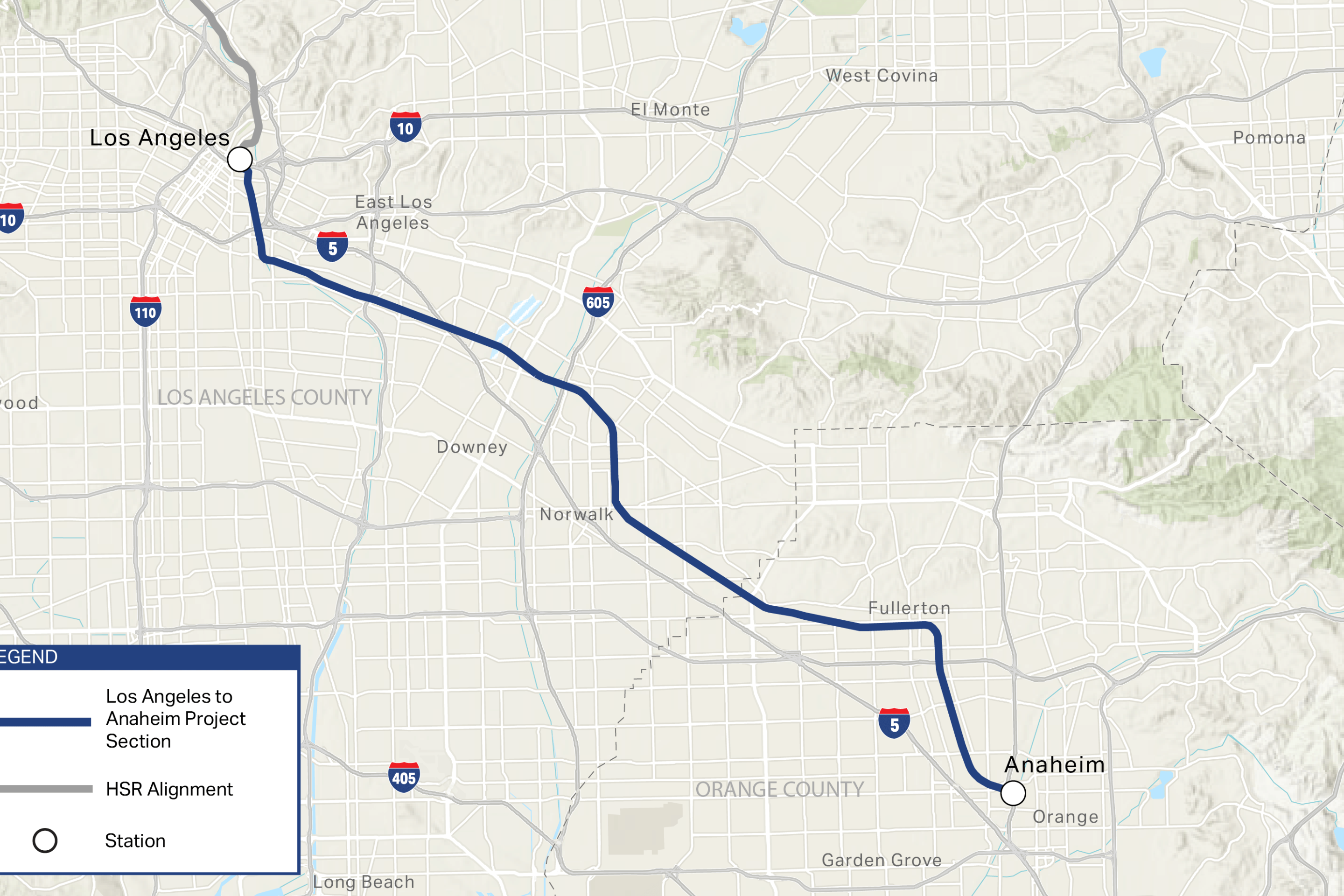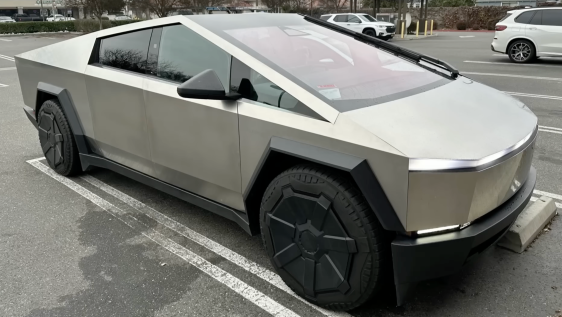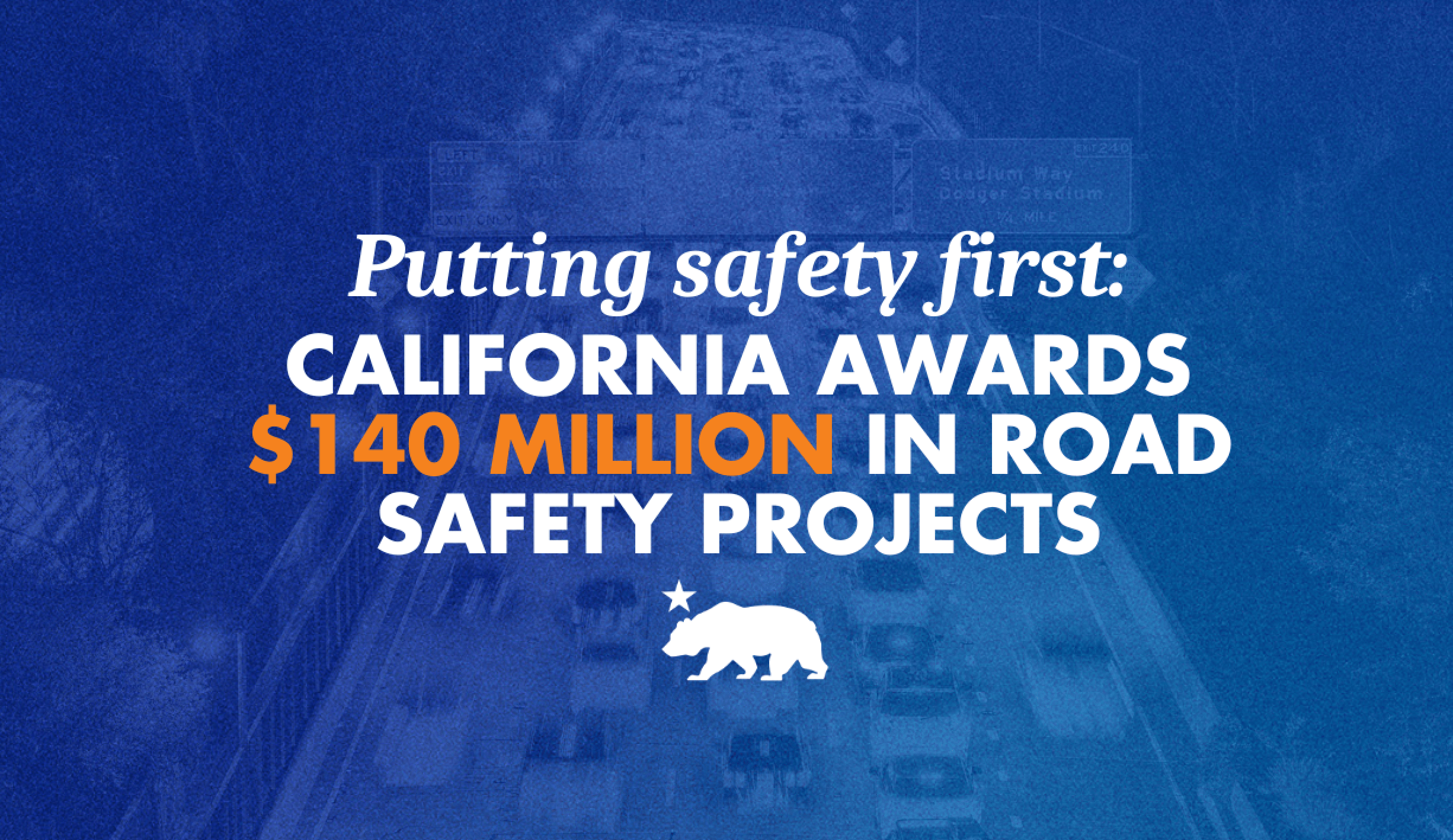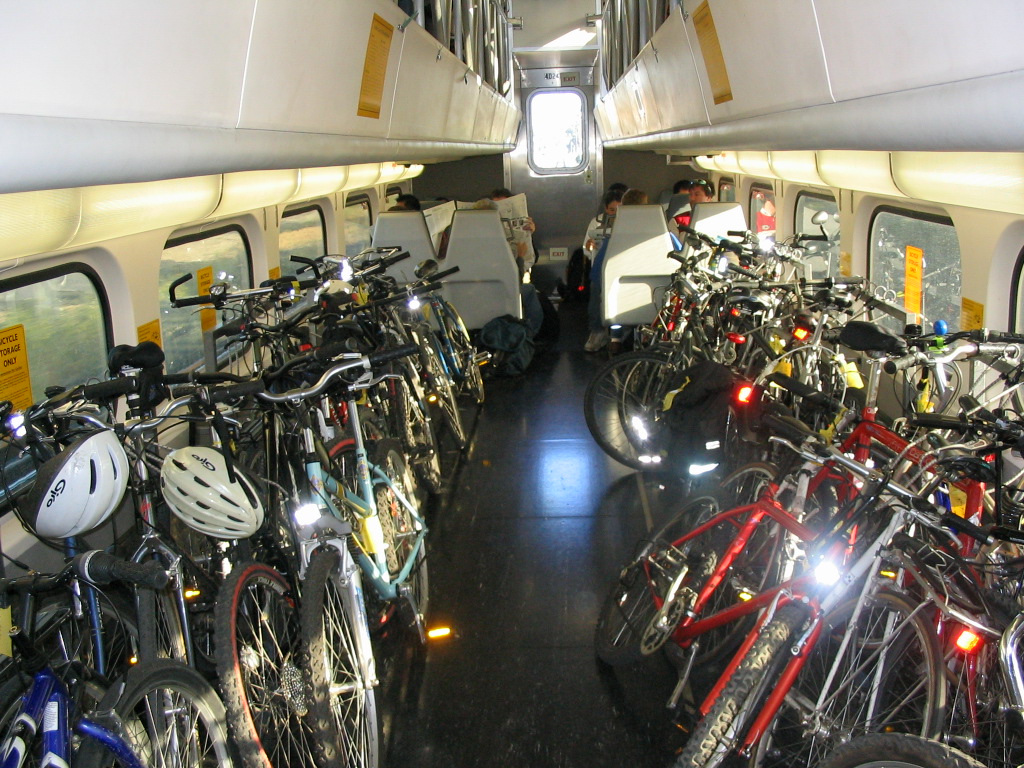When traffic engineers don't want to install protected bike lanes, they'll often say that more research is needed to prove their safety (because any results from outside America don't count, of course). But then when opportunities arise to study the safety of protected bike lanes, the engineering establishment doesn't take advantage. And so the cycle repeats itself.

Case in point: The National Cooperative Highway Research Program recently approved $30 million for transportation research, but hardly any of that will go toward studying the biking and walking infrastructure that many American cities are seeking to implement.
Just $750,000 of the $30 million will go to study bike and pedestrian infrastructure. That's a measly 2.5 percent. For comparison, nearly as much money -- $600,000 -- was awarded to a single research project about vehicles that carry livestock.
This research funding matters. When an influential trade group like the American Association of State Highway and Transportation Officials refuses to officially endorse protected bike lanes, the excuse you'll often hear is that there isn't enough data to prove the designs are safe. But the same cadre of engineers also decline to fund safety research into those designs.
The National Cooperative Highway Research Program is overseen by the Transportation Research Board, AASHTO, and the Federal Highway Administration. These same groups appoint most of the members of the powerful National Committee on Uniform Traffic Control Devices, which has been slow to adopt new templates that can improve the safety of cycling.
Ray Derr, a project manager with NCHRP, defended this year's distribution, because "there is a large amount of variability from year to year." Last year, research related to walking and biking received more than $3 million in funding, he said. Of that, $400,000 was for the development of an AASHTO bicycle facilities design guide.
Peter Koonce, a transportation engineer for the City of Portland, said more research would definitely be helpful in his work. The city is lucky to have a good partner in Portland State University, which does a lot of the leading research nationally on bike infrastructure. For example, he said, Portland partnered with PSU to study bike signals.
"We thought we were one of maybe two or three or four places in the U.S. that had implemented bike signals," he said. "When we did the research we found it was well over 20."
The PSU research helped Portland and other cities "standardize" the signals -- in much the same way the predominant engineering guides have standardized treatments for motor vehicles.
Koonce said he thinks the obstacles to more bike and pedestrian research are structural. NCHRP is managed by state departments of transportation, which are mostly focused on highways.
"They’re just responding to the state needs," he said. "Cities are not as plugged into that process."
Every state has a research coordinator, for example, but cities generally don't have much money to devote to research. Koonce did say the national research funding picture is improving with respect to biking and walking.
But it's not keeping pace with cities' appetite to improve biking and walking infrastructure.
Anne Lusk, a public health researcher at Harvard, said the bias toward car infrastructure also comes from the feds.
"For FHWA, we have safer cars made by the car manufacturers and safer roads for the drivers," she said, "but we haven’t served anyone as well as we have served one mode, the vehicle."





